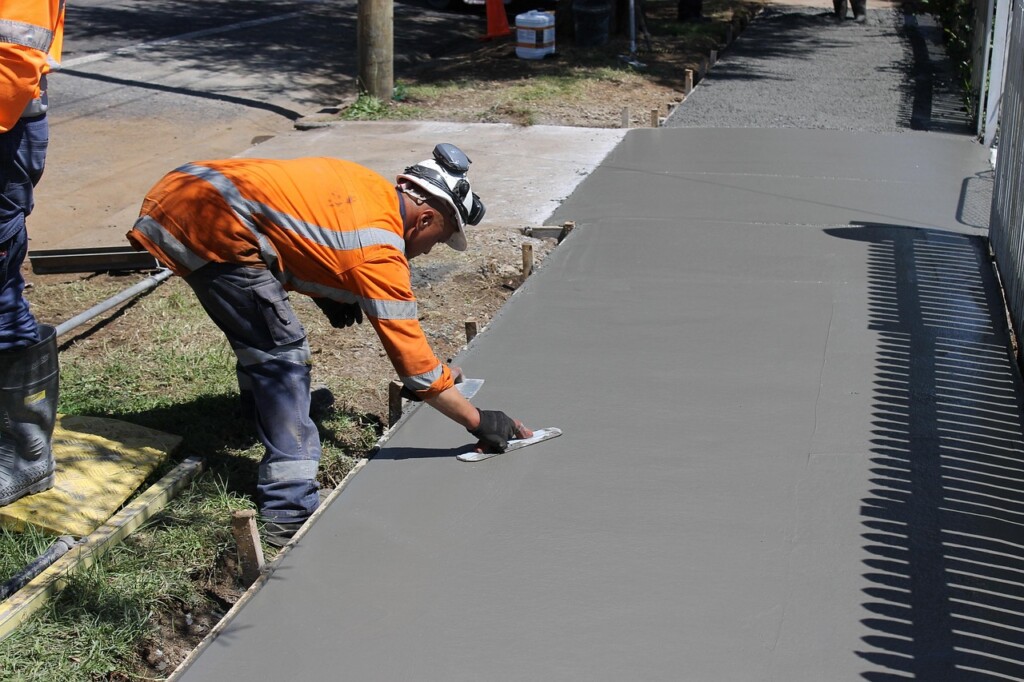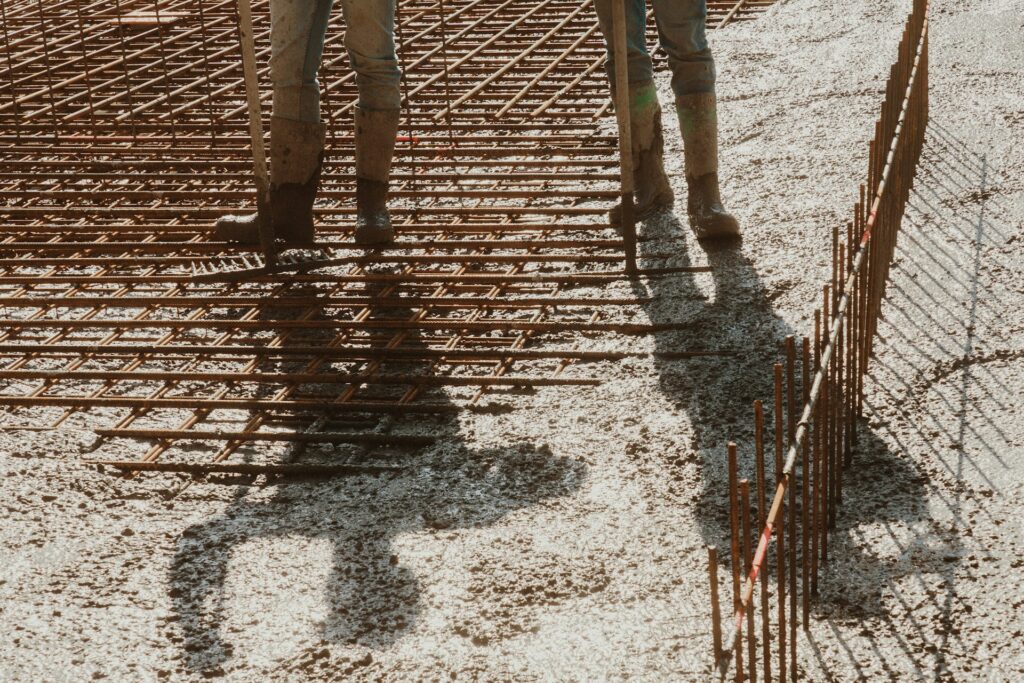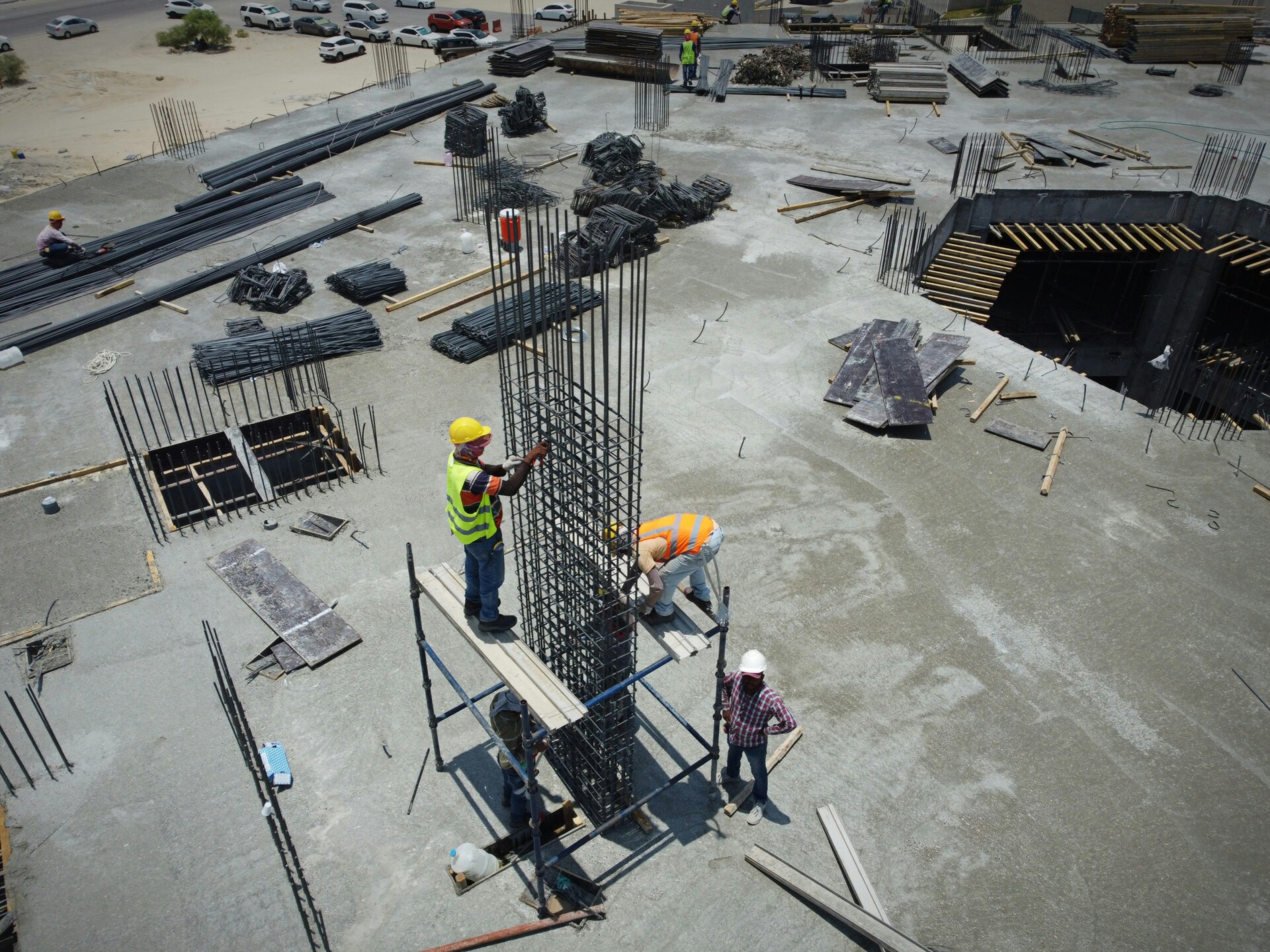Every concrete placement brings unique hazards that demand strict adherence to OSHA standards. Concrete pumping systems OSHA requirements draw from multiple regulatory frameworks to protect crews from equipment failures, electrical contact, and catastrophic structural collapses.
We navigate these standards daily across Subpart Q and broader construction rules to ensure safe concrete and masonry construction operations. This comprehensive framework addresses the full spectrum of risks we encounter when coordinating truck-mounted concrete pumps and placing booms on construction sites.
Which OSHA Standards Apply To Concrete Pumping Systems?

OSHA applies multiple standards across different subparts to address concrete pumping system hazards. The core requirements span from Subpart Q’s specific pumping rules to broader construction safety standards in other sections.
1926.702(e)(1) establishes the foundation requirement that discharge pipes must have supports designed for 100% overload. This same section requires compressed air hoses on pumping systems to use positive fail-safe joint connectors to prevent separation under pressure.
1926.700(a) extends the regulatory scope beyond Subpart Q by stating that other relevant provisions in Parts 1910 and 1926 also apply to concrete and masonry construction operations. This cross-reference brings general industry standards and additional construction rules into play for pumping operations.
Operator qualification falls under 1926.20(b)(4) from Subpart C, which requires that only employees qualified by training or experience may operate equipment and machinery. This applies directly to operating the truck chassis, outriggers, and concrete pumping system components.
Worker training requirements come from 1926.21(b)(2), mandating that employers instruct each employee in recognizing and avoiding unsafe conditions and applicable regulations in their work environment. This creates a foundation for site-specific safety education about pumping hazards.
Personal protective equipment standards appear in 1926.95(a) and 1926.101(a) under Subpart E. These sections require providing and using protective equipment for eyes, face, head, and extremities where necessary due to process or environmental hazards. Section 1926.101(a) specifically addresses hearing protection when noise levels cannot be reduced to permissible limits.
Power line clearance requirements come from 1926.600(a)(6) in Subpart O, which covers motor vehicles and mechanized equipment. For lines rated 50 kV or below, minimum clearance between lines and any part of equipment or load must be 10 feet. For lines over 50 kV, clearance increases to 10 feet plus 0.4 inch for each 1 kV over 50 kV, but never less than 10 feet.
During transit with no load and boom lowered, equipment clearance drops to a minimum of 4 feet for voltages under 50 kV and 10 feet for voltages over 50 kV up to 345 kV. We coordinate with OSHA’s interpretation letters to understand how these multiple standards work together in concrete pumping operations.
What Hazards Should Crews Control During Pumping And Placing?
We face six primary hazards during concrete pumping operations that require constant attention and control measures. Each presents distinct risks that can cause serious injuries or fatalities if not properly managed through planning and execution.
Blowouts occur when over-pressurization ruptures pipeline components, releasing concrete and air violently. These explosive failures happen most often when blockages create pressure buildup beyond system limits. The resulting projectile aggregate and debris can strike workers with deadly force.
Hose whipping represents one of the most dangerous hazards we encounter. The tip hose can whip at extreme velocity when air enters the delivery line, especially during startup or blockage clearing. Contact with a whipping hose has caused fatal injuries, as the force can knock workers from elevated surfaces or strike them directly.
Falls from height occur when workers lose their footing after contact with moving hoses or when working near unprotected edges during concrete placement. The combination of wet surfaces, confined spaces, and dynamic hose movement creates multiple fall scenarios that crews must anticipate.
Tipping hazards arise from inadequate soil bearing support or improper outrigger setup. Pump trucks can flip when ground conditions cannot handle the loads, particularly on soft or uneven surfaces. We have seen fatal incidents where insufficient foundation preparation led to catastrophic tip-overs.
Electrical contact poses serious electrocution risks when boom length brings equipment near overhead power lines. Even when the truck chassis appears distant from wires, extended booms can make contact during folding, unfolding, or placement operations. These incidents often result in fires and multiple casualties.
Cement exposure creates health hazards through skin contact, eye irritation, and respiratory distress. Fresh concrete’s alkaline properties can cause chemical burns, while airborne particles irritate breathing passages during extended pumping operations.
Industry safety experts identify four critical focus areas that account for the majority of serious incidents. Fall hazards dominate at elevated pours where workers operate near edges without adequate protection. Struck-by injuries from pipeline failures and line plugging cause severe trauma when stored energy releases unexpectedly.
Overhead power contact remains a leading cause of fatalities, particularly when operators misjudge distances or lose situational awareness. The risk persists even when the pump truck seems safely positioned, as boom reach extends far beyond the chassis footprint.
Tip-over incidents from insufficient foundation support have claimed multiple lives in recent years. These accidents often involve soft ground conditions where outrigger loads exceed soil capacity, causing sudden equipment failure during concrete placement operations.
What Practices Help Crews Comply With OSHA And Prevent Incidents?

We build effective safety programs around clear operational standards that crews can follow consistently. These proven practices address the specific hazards identified in previous inspections and incidents across concrete pumping operations.
Essential Do’s For Safe Pumping Operations
Start with manufacturer guidance before every operation. We review operation manuals and maintenance instructions to understand equipment limitations and proper procedures. This foundation prevents equipment failures that lead to serious incidents.
Operator qualifications matter significantly in preventing accidents. We ensure only trained and certified operators handle truck controls, outriggers, and pumping components. Current inspections verify that equipment meets safety standards before crews begin work.
Physical equipment checks prevent catastrophic failures during pours. We examine safety straps on tip hose and hanging attachments, confirming that delivery line clamps remain secure. Safety pins in couplers require verification before pressurizing the system.
Ground preparation directly affects pump truck stability. We prepare solid foundations and use outrigger pads distributed according to soil conditions. This prevents tip-over incidents that have caused fatal injuries when trucks operate on inadequate support.
Personal protective equipment requirements apply throughout pumping operations. We provide required PPE and hearing protection when noise levels exceed permissible limits. This protects crews from cement exposure, projectile materials, and excessive sound.
Personnel clearance during air introduction prevents serious injuries. We clear all workers from the placement area when air enters the system, as compressed air can create dangerous pressure buildups in the pipeline.
Pipeline inspection protocols maintain system integrity throughout the pour. We use correct weight-per-foot pipe specifications, ensure pressure ratings meet or exceed pump pressure, and install only new pipe on booms. Regular monitoring of wall thickness identifies wear before failures occur, and we remove worn hose before it compromises safety.
Critical Don’ts That Prevent Serious Incidents
Compressed air for blockage clearing creates explosive hazards. We never rely on compressed air to remove clogs because stored energy can cause violent component failures. Alternative clearing methods protect crews from projectile materials and pressure releases.
Safety device bypasses and pressurized system work violate fundamental safety principles. We never bypass safety mechanisms or perform maintenance on pressurized hydraulic systems. Proper lockout/tagout procedures ensure accumulator pressure reaches zero before work begins.
Boom climbing exposes workers to fall hazards without protection. We prohibit climbing on booms and require ladders or approved work platforms with fall protection. This prevents falls that occur when workers lose balance or contact moving components.
Power line proximity creates electrocution risks even with distant chassis positioning. We never unfold or slew booms near energized lines, maintaining clearances specified in 1926.600(a)(6). Long boom reach means electrical contact remains possible despite seemingly safe truck positioning.
These practices directly address the primary causes of concrete pumping incidents. Each control measure targets specific failure modes that have resulted in injuries, equipment damage, or regulatory violations on construction sites.
How Does OSHA Enforce Beyond Subpart Q, Including Special Equipment Questions?
OSHA’s authority extends well beyond the specific requirements of Subpart Q through the General Duty Clause, found in Section 5(a)(1) of the Occupational Safety and Health Act. This fundamental provision requires employers to maintain workplaces free from recognized hazards that cause or are likely to cause death or serious physical harm to employees. When we encounter concrete pumping hazards that fall outside explicit regulatory standards, OSHA can still issue citations by drawing on consensus standards, manufacturer guidelines, and industry association recommendations.
The agency frequently references documents from organizations like ASME B30.27 practices, American Concrete Pumping Association guidance, and Concrete Pump Manufacturers Association standards to establish what constitutes a recognized hazard. We see this approach applied to areas like hose-end controls, boom stability requirements, and ground support specifications that may not have detailed coverage in 1926.702(e).
The double S-bend elbow configuration, commonly known as a “Rams Horn,” illustrates how OSHA evaluates equipment beyond explicit regulatory prohibition. While 1926.702(e) does not specifically ban this hose-end design, OSHA assesses whether particular configurations increase hose-whip risks during concrete placement operations. The agency considers factors like valve positioning, discharge hose attachment methods, and boom operation speeds when determining whether a setup creates recognized hazards.
Recognized mitigation practices for S-bend configurations include maintaining valve positions above head height to reduce worker exposure during hose movement. We also implement single-ended discharge hose attachments rather than double-ended systems that can create additional whip points. Industry standards recommend limiting boom tip slewing speeds to reduce the kinetic energy available for hose movement during placement operations.
OSHA’s General Duty Clause enforcement extends to workplace policies that may indirectly create safety hazards. When company procedures require or effectively compel operators to engage in texting while driving concrete pump trucks, the agency can cite violations even without specific distracted driving regulations. We document how operational demands, scheduling pressures, or communication requirements might force drivers into unsafe practices during transit between job sites.
Conclusion: Building Safety Into Every Pour

Concrete pumping operations carry significant risks, from hose whipping to electrical contact, but OSHA’s comprehensive standards provide a clear framework for keeping crews safe. By combining regulatory compliance with proven safety practices—like proper operator training, equipment inspections, and power line clearance—contractors can prevent serious incidents while maintaining efficient operations. The ultimate goal isn’t just compliance, but a culture of safety that protects workers and ensures every placement is done right.
At EB3 Construction, we integrate OSHA compliance and proactive safety measures into every project we deliver. If you’re planning a concrete or masonry build, contact us today to ensure your project is completed with precision, safety, and lasting value.




